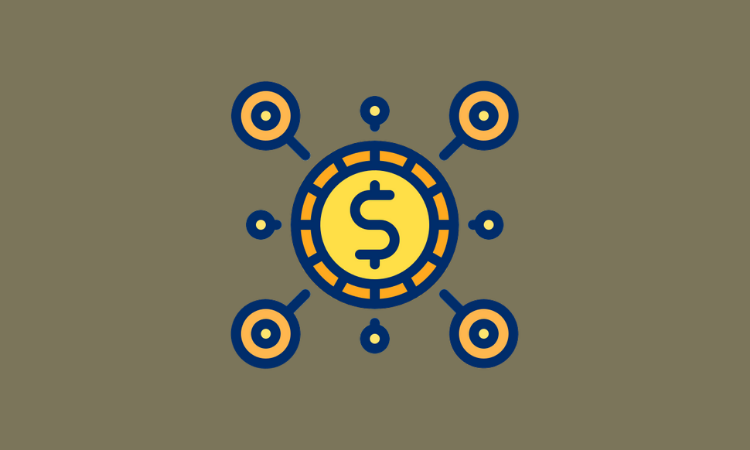Blockchain and Crypto, Member Exclusive
Are NFTs dead? Making sense of the recent market crash
- The NFT market faced a debilitating crash a few weeks back.
- But has the NFT bubble popped? Not really, according to most industry insiders.








